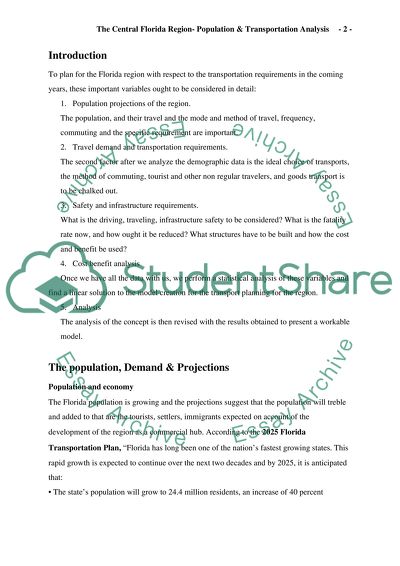Cite this document
(“Adapting transportation requirement to the population growth in the Case Study”, n.d.)
Retrieved from https://studentshare.org/miscellaneous/1512483-adapting-transportation-requirement-to-the-population-growth-in-the-central-florida-region
Retrieved from https://studentshare.org/miscellaneous/1512483-adapting-transportation-requirement-to-the-population-growth-in-the-central-florida-region
(Adapting Transportation Requirement to the Population Growth in the Case Study)
https://studentshare.org/miscellaneous/1512483-adapting-transportation-requirement-to-the-population-growth-in-the-central-florida-region.
https://studentshare.org/miscellaneous/1512483-adapting-transportation-requirement-to-the-population-growth-in-the-central-florida-region.
“Adapting Transportation Requirement to the Population Growth in the Case Study”, n.d. https://studentshare.org/miscellaneous/1512483-adapting-transportation-requirement-to-the-population-growth-in-the-central-florida-region.


